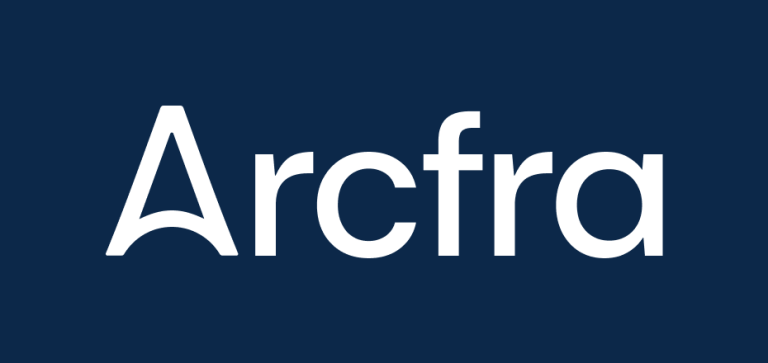|
Total Cost of Ownership (TCO) & Pricing Model
|
Low TCO
Simpler licensing scheme, focusing on per-core pricing.
Overall TCO savings of over 30%.
|
High TCO, with extra charges for vSAN, DFW, LB. Licensing costs can be complex and depend on features, CPU core, storage capacities, and other factors.
|
High TCO, with extra charges for storage capacity, data protection, DFW, Kubernetes cluster size.
|
|
Performance & Optimized Architecture
|
Delivers superior performance due to advanced architecture and deep full-stack optimisation.
Employs a metadata snapshot mechanism (not redo-log based), resulting in minimum performance impact during creation and rapid recovery.
Uses RDMA protocol for accelerated inter-node data transmission.
|
Performance is impacted by architecture design limitations and can be inconsistent, especially after VM snapshots and with high capacity utilisation.
Snapshot mechanism relies on redo-log files and disk chains, leading to {{open-texttimes-danger}}apparent and long-term performance degradation after snapshots.
|
Internal architecture causes significant performance overhead.
Often requires multi-volume configurations and application-level parallel scheduling to achieve comparable performance.
Cassandra (used for metadata) needs to run on every node, causing higher resource overhead and can lead to data inconsistencies.
|
|
Simplified Operations & Unified Management
|
Designed for lightweight and easy management.
Features a single management console (Arcfra Operation Center - AOC) for the full stack AECP.
Supports one-click deployment, upgrade, and scaling.
Provides comprehensive observability including metrics, tracing, logging, and network traffic visualisation.
|
Complex management (full stack), requiring 3-7 separate management consoles for VCF.
Uses multiple management tools like vCenter, Aria Operations, Aria Logs.
|
Described as having complexity to manage and operate the full stack.
|
|
Advanced Distributed Storage Architecture (Arcfra Block Storage - ABS)
|
ABS features an advanced architecture with a single storage pool for all disks.
No complex disk group management is needed.
Supports both hybrid and all-flash modes.
|
Older vSAN 7 OSA architecture may cause performance and availability issues, with complex disk group management.
New vSAN 8 ESA requires all-flash NVMe SSDs and a minimum 25Gb/s storage network
Uses redo-log based snapshots, which can lead to significant and long-term performance degradation.
|
SDS component runs in a Controller VM (CVM), which can introduce resource overhead.
Uses Cassandra for metadata service, which can have "ring issues" leading to data inconsistencies and is sensitive to network anomalies.
|
|
Broad Hardware Compatibility & Openness
|
Offers broad hardware compatibility, running on any compatible x86/ARM server.
Provides multiple hypervisor support, including its native AVE and VMware ESXi.
Allows enterprises to leverage existing heterogeneous hardware and build their own systems.
Kubernetes Engine (AKE) supports CNCF-certified software, further preventing lock-in for containerised workloads.
|
Hypervisor support is limited to ESXi only.
vSAN 8 ESA does not support building your own systems with certified devices.
|
Has a very limited certification matrix for hardware. Does not explicitly support building your own systems with certified devices.
|


